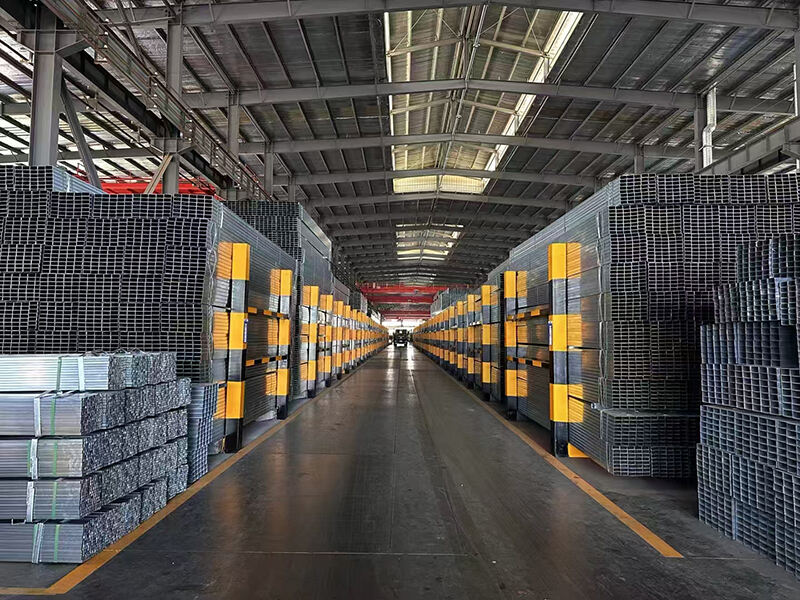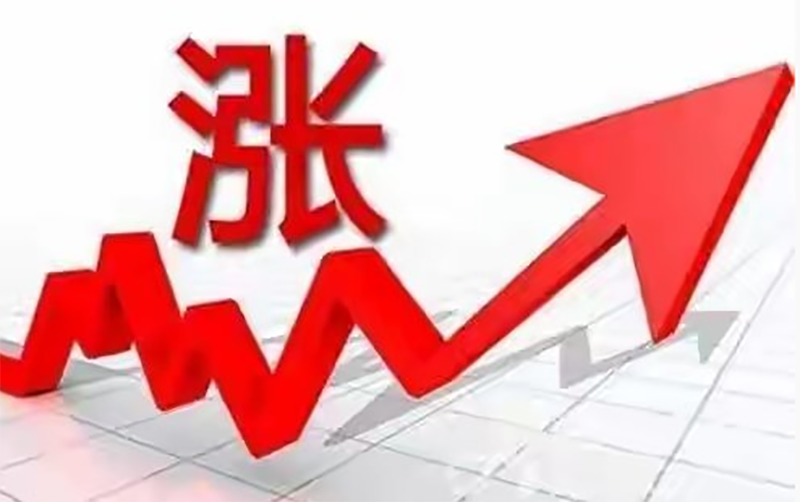Room 1208, Xinyu Building, Jinghai District, Tianjin, China [email protected] +86-131 02275678
Short - term Outlook (1 - 3 months)
In the short run, steel prices are anticipated to stay relatively stable, yet notable downside risks persist. On the demand front, the construction sector is currently approaching the end of its peak construction season. While several projects are still underway, sustaining some level of inelastic demand for steel, the growth in demand remains modest. In the manufacturing industry, although there have been signs of improvement in order volumes, no significant surge has materialized, keeping overall demand relatively flat.
Regarding the supply side, steel mills are maintaining a steady output. Given the narrow profit margins, they have little incentive to curtail production, ensuring a consistently high market supply. However, as winter draws near, construction activities in certain regions are likely to decelerate due to adverse weather conditions, putting a damper on steel demand. Additionally, heightened uncertainties in the international arena, including trade disputes and exchange rate fluctuations, could potentially impede China's steel exports, thereby adding pressure to the domestic supply. All things considered, steel prices are expected to experience minimal fluctuations around current levels in the short term.

Medium - term Outlook (3 - 12 months)
Over the medium term, the movement of steel prices will be shaped by a confluence of factors, resulting in a period of volatile adjustment. In terms of demand, continuous increases in state - led infrastructure investment, such as the launch of high - speed rail and urban rail transit projects, will bolster steel demand to some extent. The transformation and upgrading of the manufacturing sector will also fuel the growing need for high - end steel products, especially in emerging industries like new energy vehicles and high - end equipment manufacturing, where demand for high - strength, high - performance steel is on the rise.
Nevertheless, the real estate market remains a wildcard. Despite policy relaxations, restoring market confidence is a slow process. Growth in real estate development investment and new construction starts is likely to be tepid, weakening the support for construction - grade steel demand. On the supply side, the issue of overcapacity in the steel industry persists. Although capacity - control policies are being vigorously implemented, the process of phasing out excess capacity is gradual and won't lead to a sharp decline in the short term.
Stringent environmental protection regulations will continue to constrict steel mill operations, potentially forcing the shutdown of substandard production facilities and affecting market supply. Raw material prices, particularly those of iron ore and coal, will also play a crucial role. An uptick in these prices will inflate steel production costs, providing upward support for steel prices, while price drops will exert downward pressure. Overall, steel prices are expected to fluctuate within a range, influenced by the interplay between supply - demand dynamics and cost factors.

Long - term Outlook (more than 1 year)
Looking ahead over the long term, as China's economic restructuring and transformation gather pace, the supply - demand landscape of the steel market will undergo a fundamental shift, with prices gradually gravitating towards a more reasonable equilibrium.
On the demand side, the construction industry's push towards green and industrialized development will drive up the demand for eco - friendly, high - performance steel products. Meanwhile, as the real estate market stabilizes and infrastructure construction reaches a certain stage, the overall demand for steel in construction is likely to plateau and then decline slightly. In the manufacturing sector, the rapid expansion of high - end manufacturing will be a major growth driver for high - end steel demand.
On the supply side, overcapacity in the steel industry will be effectively addressed. Through capacity replacement, mergers, and acquisitions, industry concentration will increase, enhancing production efficiency and market competitiveness, and rationalizing market supply. Policy - wise, environmental and industrial policies will continue to steer the steel industry towards green, low - carbon, and high - quality development, further phasing out non - compliant production capacity and promoting a more balanced supply - demand situation.
In the international market, with the global economic recovery and an improved trade environment, China's steel exports are expected to grow steadily, providing additional support for the domestic market. In summary, steel prices are set to stabilize in the long term, buoyed by improved supply - demand balance and effective cost management, and gradually move towards a more sustainable valuation range.

Copyright © Tianjin Teni Import & Export Co.,Ltd All Rights Reserved - Privacy Policy - Blog